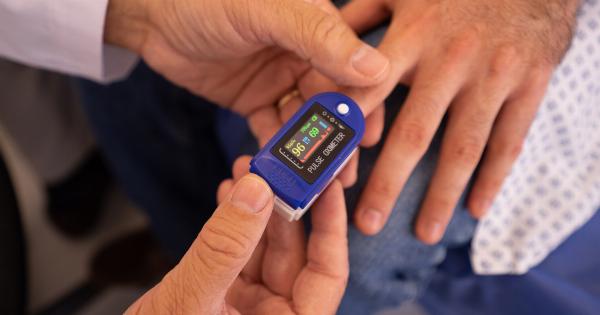Depression is a serious mental health issue that affects millions of people worldwide. It is one of the leading causes of disability globally and can have a significant impact on a person’s quality of life.
Antidepressant medications are a common treatment for depression, but it can be challenging for patients to consistently take these medications as prescribed.
In fact, research shows that up to 30% of patients do not take their antidepressant medications correctly.
However, a new smart system has been developed that aims to track adherence to antidepressant medication. In this article, we’ll explore how this system works and how it can help improve patient outcomes.
What is the Smart System?
The smart system is a combination of a digital pill dispenser and a mobile app designed to track medication adherence.
The pill dispenser is similar to a traditional pillbox but is equipped with sensors that detect when the patient takes their medication.
When the patient takes their medication, the pill dispenser sends a signal to the mobile app, which records the time and date of the medication dose. The mobile app also sends reminders to the patient when it’s time to take their medication.
How Does the Smart System Improve Adherence?
The smart system is designed to increase medication adherence in a few different ways:.
- Tracking: By tracking when the patient takes their medication, the system can help identify patterns of non-adherence. This information can be used to develop interventions to address non-adherence.
- Reminders: The system sends reminders to patients when it’s time to take their medication. This can help patients remember to take their medication as prescribed.
- Monitoring: The system allows healthcare providers to monitor medication adherence remotely. This can help providers identify patients who are struggling with adherence and intervene before the situation worsens.
Benefits of the Smart System
There are several benefits to using the smart system to track adherence to antidepressant medication:.
- Improved Patient Outcomes: Research has shown that improved adherence to antidepressant medication leads to better patient outcomes. Patients who take their medication as prescribed are less likely to experience relapse or have severe symptoms.
- Reduced Healthcare Costs: Non-adherence to medication is associated with increased healthcare costs. By improving adherence, the smart system can help reduce healthcare costs associated with depression.
- Personalized Care: The smart system allows healthcare providers to track individual patient adherence, which enables them to provide personalized care. Providers can identify patients who are struggling with adherence and work with them to find solutions.
- Easy to Use: The smart system is easy to use and can be integrated into a patient’s daily routine. Patients simply need to take their medication from the pill dispenser, and the system takes care of the rest.
Limitations of the Smart System
While the smart system has several benefits, there are also some limitations to consider:.
- Cost: The smart system can be expensive, which may limit its accessibility for some patients. However, as the technology becomes more mainstream, costs may decrease.
- Privacy Concerns: The smart system involves sharing sensitive medical information with a mobile app. Some patients may be uncomfortable with this and could be hesitant to use the system.
- Technical Issues: The smart system relies on technology, which means there is a risk of technical issues. If the pill dispenser or mobile app malfunctions, medication adherence tracking may be compromised.
Conclusion
The smart system is a promising new technology that aims to improve adherence to antidepressant medication.
By tracking when patients take their medication, sending reminders, and allowing healthcare providers to monitor adherence remotely, the smart system can help improve patient outcomes and reduce healthcare costs associated with depression.
While there are some limitations to consider, the benefits of the smart system outweigh the drawbacks, and it is likely that this technology will become more widely used in the future.





























